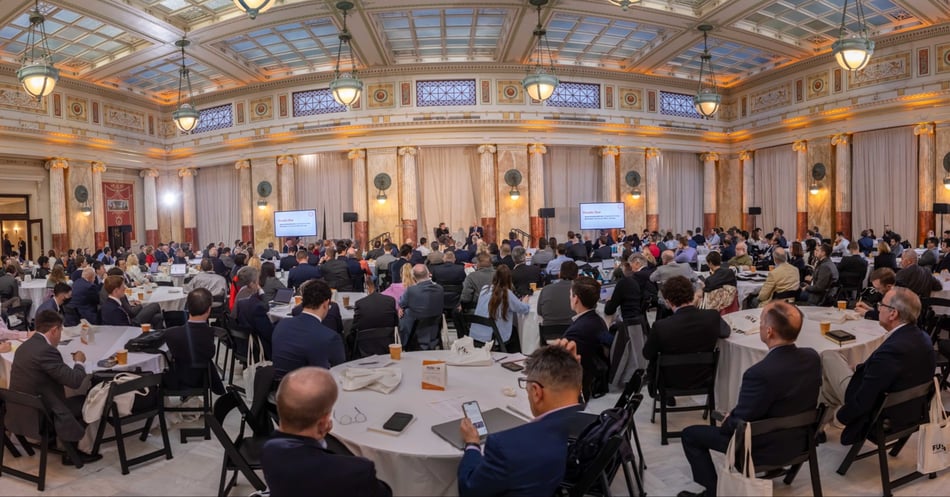
This past week, the Fusion Industry Association held its annual policy conference in Washington, D.C. It was great to see the progress and enthusiasm from government officials, private fusion companies, and potential customers for fusion energy. Here are ten big takeaways from the event:
-
Commercial Fusion Energy in the 2030s – Over and over, the common refrain was commercial fusion energy is moving forward with Microsoft and Helion planning their first fusion power plant in 2028 and others expecting deployments in the early 2030s. While that may sound like a distant future, when it comes to major infrastructure programs, this is very soon.
-
Fusion Energy Timeline Holds Steady – The timeline for fusion energy did not slip during the conference; CEOs, Engineers, Regulators, and Customers (Utility Companies) were aligned on the expected timeline to bring the first fusion energy power plants online.
-
Growing Fusion Energy Efficiency — Now that we have demonstrated repeatable fusion energy and the growing efficiency of reactors, Representative Zoe Lofgren announced that the NIF had reached a 2.3x output multiple this past week.
-
Shift to the Supply Chain – The growing proof points of fusion energy reactors shift focus from building prototypes to building fusion power plants at scale. The next phase of developing this market will be the need for GRID integration planes, step-up distribution gear, high-power switches, capacitors, and thousands of other infrastructure systems and parts.
-
Regulatory Partnerships – David Turk, Deputy Secretary for the Department of Energy, and Chairman Christopher Hanson, US Nuclear Regulatory Commission, shared their thoughts and insight about how regulation of fusion energy will evolve and differ from nuclear fission reactors.
-
Global Partnerships – Fusion Energy continues to be an international effort, with the US, UK, EU, Japan, and many other countries represented on the panels and in the audience. Fusion energy will be one of the most transformative technologies for our planet. It will change the world, like the invention of the television, antibiotics, computers, social media, and the internet.
-
The $40 Trillion Race – Early in the race for fusion energy, Bloomberg speculated that the market could reach $40 trillion in value. While this early prediction is mind-boggling in scope, when measured against global energy generation spending, it might be pretty close in the future.
-
AI and Fusion Energy – Bob Mumgaard, the CEO of Commonwealth Fusion Systems, discussed the shared synergies of AI and fusion and their shared growth and adoption trajectories. As he said, “…if NVIDIA just became a trillion dollar company, imagine the value of the company that powers the global AI data centers…”
-
Fusion Investments Will Accelerate – Megan Wilson from General Fusion chaired a panel on global investment in fusion energy. The panel highlighted the expanded investments expected to grow forward and the need to scale power generation for AI, the cloud, the steel industry, and our planet.
-
Making Fusion Affordable and Acceptable at Scale – Sam Altman, Elon Musk, Bill Gates, Jeff Bezos, and Mark Bennioff are just a few visionary leaders investing in fusion energy to drive AI and low-cost energy for the world. As we move from the development of science and technology into the deployment of fusion energy at scale, our industry must drive the cost down, optimize the integration with current power grids, and increase public outreach to explain the safety and benefits of fusion energy for the 21st century.
2024 will be a pivotal year for fusion energy. We can now see the future of fusion more clearly; the evidence for fusion’s viability continues to grow, and its positive impact on the world and advanced technology such as AI cannot be understated.

